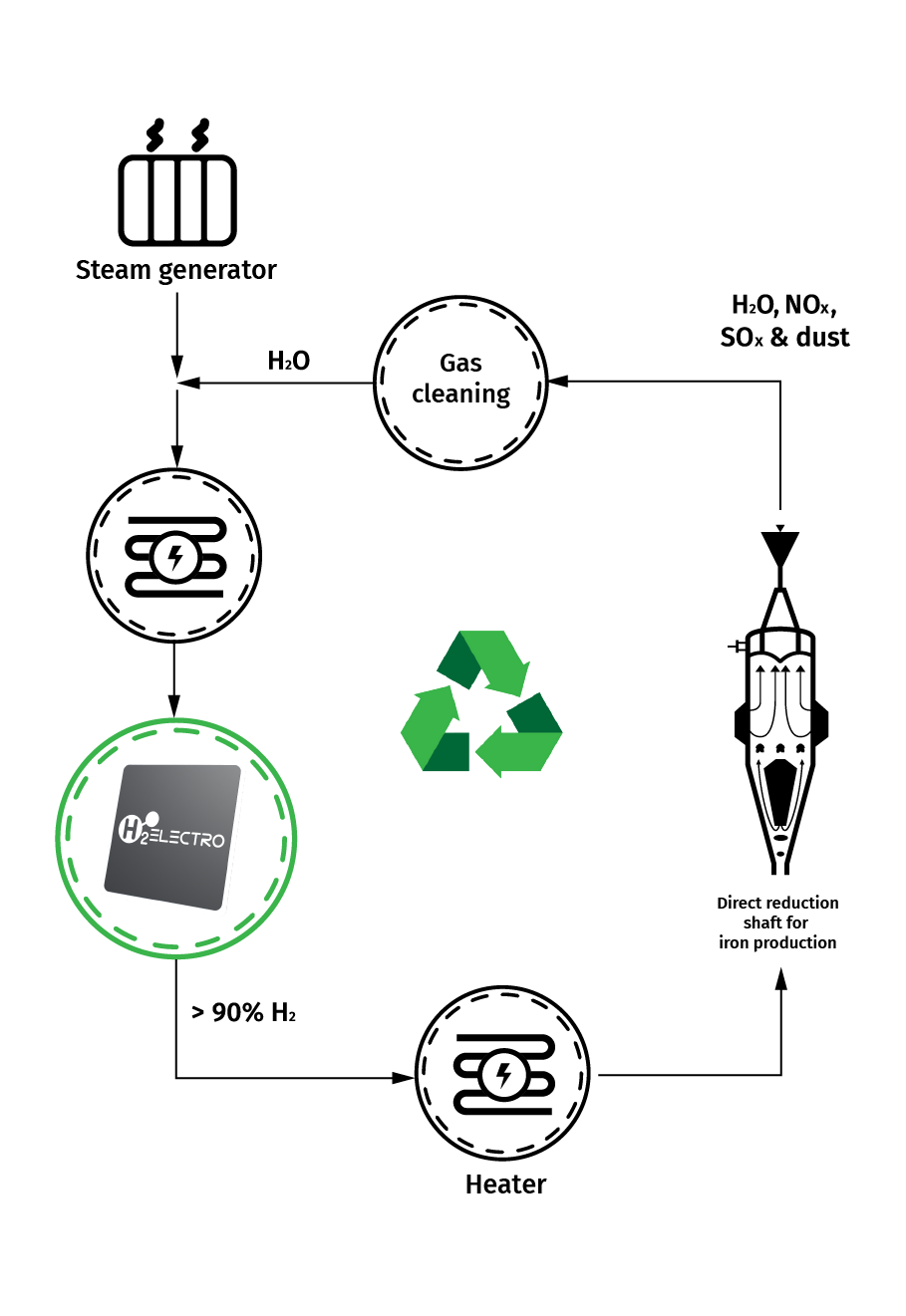In green steel production, H2Electro’s SOECs serve as catalysts for reducing the industry’s carbon footprint and advancing environmental sustainability. By harnessing hydrogen generated through electrolysis, these cells facilitate the elimination of CO2 emissions in steel production, marking a significant stride towards mitigating greenhouse gas emissions. One standout feature of H2Electro’s SOECs is their capability to diminish the steel industry’s CO2 footprint by up to 90%, underscoring the transformative potential of integrating hydrogen into steelmaking processes.
Furthermore, H2Electro’s SOEC stacks offer heightened efficiency and a reduced footprint compared to conventional electrolysers, bolstering their environmental credentials. Leveraging industrial waste heat to power H2Electro’s SOEC operation presents a cost-effective solution for reducing energy expenditure and optimizing operational efficiency. Additionally, the integration of novel ceramic fuel electrodes ensures resilience to contaminants, diminishing the need for gas purification and lowering operational expenses.
In essence, H2Electro’s SOEC technology revolutionizes green steel production, offering a sustainable pathway towards reducing CO2 emissions and fostering environmental stewardship in the steel industry. By championing hydrogen as a clean energy alternative and optimizing operational efficiency, H2Electro propels positive change towards a greener and more sustainable future in steel manufacturing.
- H2Electro’s SOECs reduce the steel industry’s CO2 footprint by up to 90%.
- Hydrogen usage in steel production eliminates CO2 emissions.
- H2Electros’s SOEC stacks offer higher efficiency and a smaller footprint compared to low-temperature electrolysers.
- Industrial waste heat can power H2Elecctro’s SOEC operation, reducing energy costs.
- Novel ceramic fuel electrodes in H2Electro’s SOECs resist contaminants, minimizing the need for gas purification.

